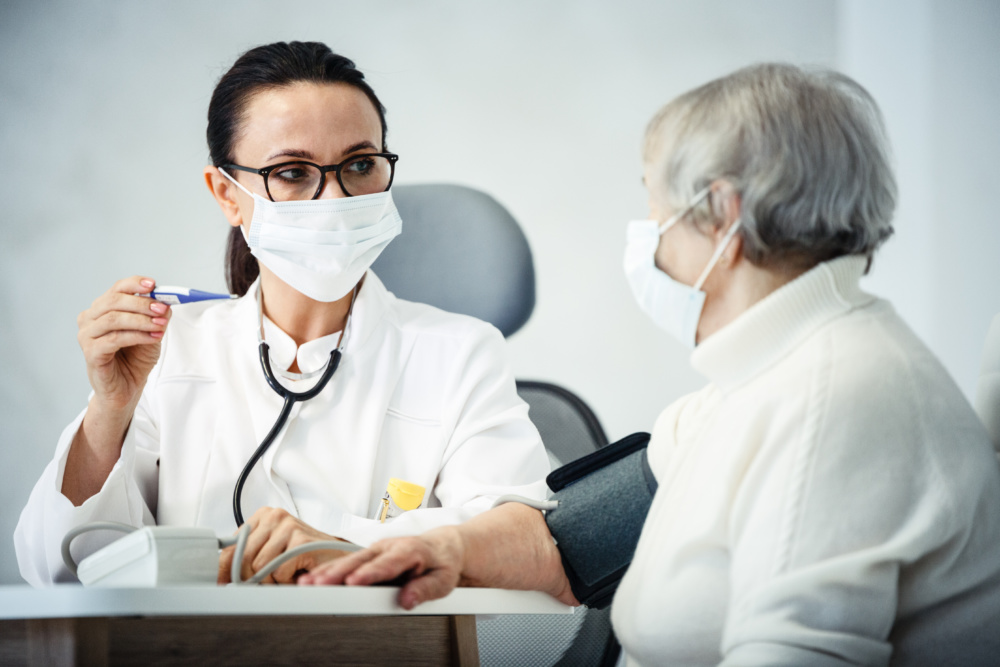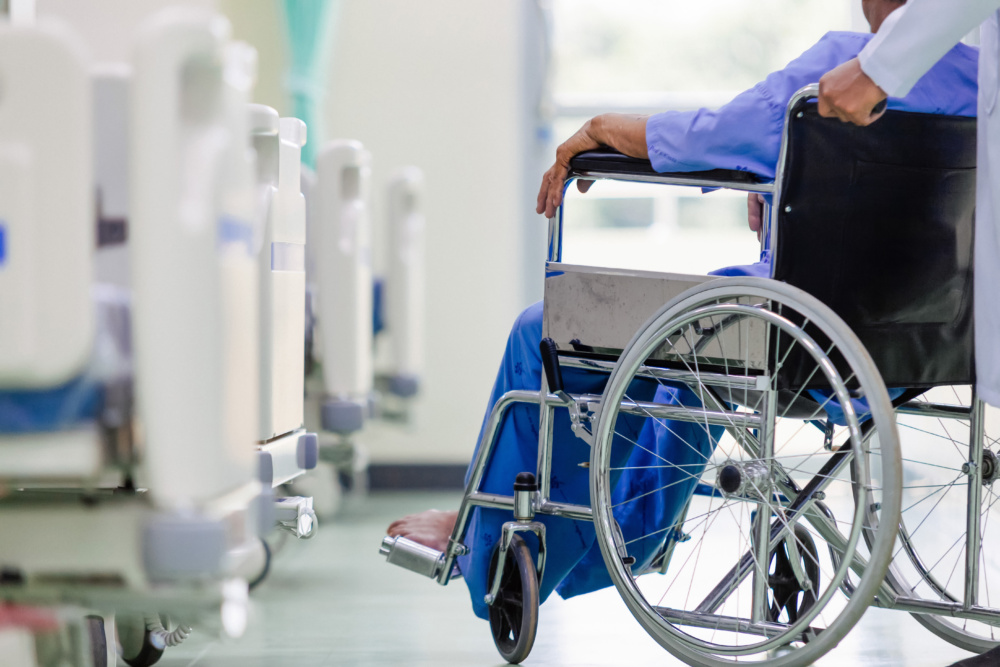Provided By: Farlyn Lucas
COVID-19 has changed the way we live, but it shouldn’t change the quality of wound care that patients in long-term care receive. Adults in long-term care facilities are more likely to suffer from chronic wounds, like diabetic foot ulcers and pressure ulcers (aka bedsores), both of which require regular assessments. Skin tears are also a major concern, as elderly patients are more likely to have injuries from falling.
Now is the time to make sure we’re doing everything we can to make sure wounds don’t diminish the quality of life for patients in long-term care facilities. Today, long-term caretakers have a lot on their plate — they are on the frontline between their patients and COVID-19, and have new CDC guidelines to follow. It’s never been trickier to make sure wounds get the attention they need, but leading wound care clinics are using video conferencing technology to help alleviate the concerns of patients and staff alike.
How to Provide Wound Care During COVID-19? Ask the Experts
Research has shown that patients who receive specialized wound care for pressure ulcers — a common chronic wound in long-term care facilities — have better outcomes. Wound care clinics can provide expert assessment without visiting the clinic in person, using telehealth technologies. Telehealth allows healthcare providers to examine patients using video conferencing tools, like Skype or Zoom. This tech-forward approach ensures that patients don’t have to leave the facility to get the care they need, avoiding any unnecessary risk of exposure to COVID-19.
What Types of Wound Care Do Patients in Long-Term Care Need?
Long-term caregivers follow protocols to make sure residents have clean and properly cared for skin. Still, seniors in long-term care facilities are especially prone to skin problems, including chronic wounds. Pressure ulcers and diabetic foot ulcers are among the most common.
What is a diabetic foot ulcer? Diabetic foot ulcers develop as a result of peripheral neuropathy, a common side effect of diabetes. Patients with peripheral neuropathy have damage to their nerves, which in turn causes damage to the skin, typically on the bottom of the foot.
What is a pressure ulcer? Pressure ulcers occur when a patient lies in the same position for too long. They typically appear on areas of skin that cover the bonier parts of the body, such as the ankle and heel. Bedridden patients with limited mobility rely on staff for regular repositioning.
Why Do Ulcers Need Special Care?
Ulcers require special attention, including regular washing and dressing changes, as well as regular examination. Wound care experts are familiar with the root causes of ulcers, making them especially attune to patients in high-risk categories.
- Diabetic foot ulcers cause major discomfort and can lead to amputation. In fact, diabetes is the leading cause of non-traumatic lower extremity amputations in the United States. Foot ulcers benefit from regular debridement, a medical procedure that removes unhealthy tissue from the wound. And an ounce of prevention is worth a pound of cure: regular check-ups from wound care experts are key to making sure ulcers don’t form.
- Untreated pressure ulcers most commonly lead to problems like cellulitis and joint infection. They benefit from moist dressings, and gentle cleansing with saline or tap water. Patients can prevent pressure ulcers by making sure they change their position, but that’s not possible for all long-term care patients. Pressure ulcers also aren’t great for the long-term care staff — families of patients may have the impression that these types of injuries result from staff ignoring the patient’s needs. But research suggests that long-term care staff simply aren’t as well-versed in the signs and symptoms of pressure ulcers.
What Type of Care Has the Best Outcomes?
Wound care specialists can provide essential support for wound prevention and ongoing care, helping to support the already busy long-term staff. Telehealth solutions from advanced wound clinics help keep up with the new regulations presented by the CDC, which recommend limiting visits from outsiders. Expert care means a quicker healing time and less discomfort for patients, — a win-win for everyone involved.







Recent Comments